What is a Salt Chlorinator?
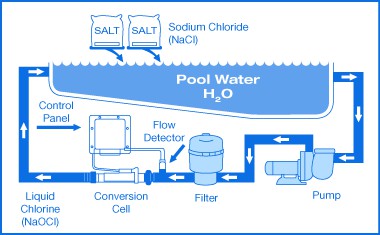
Salt Chlorine Generators, often referred to as salt water chlorinators, salt chlorinators, or salt generators, have gained substantial popularity in the world of pool maintenance. This growing popularity can be attributed to their eco-friendly nature, their gentle effect on the eyes and skin of swimmers, and their ability to reduce the reliance on traditional pool chemicals for a pristine pool.
The heart of this technology is electrolysis, which occurs in the presence of dissolved salt. Through this electrochemical magic, the chlorine generator produces not just chlorine gas but also its dissolved counterparts, hypochlorous acid and sodium hypochlorite. These compounds are no strangers to the world of pool sanitation, widely recognized for their exceptional disinfectant properties.
As an added benefit, the process also yields hydrogen as a byproduct, adding to the overall efficiency and eco-friendliness of salt water chlorination. TT Pool Services is committed to harnessing this advanced technique to provide you with pristine, well-maintained swimming pools and spa experiences.
Salt Chlorinator components :
Power Supply/Control Panel:
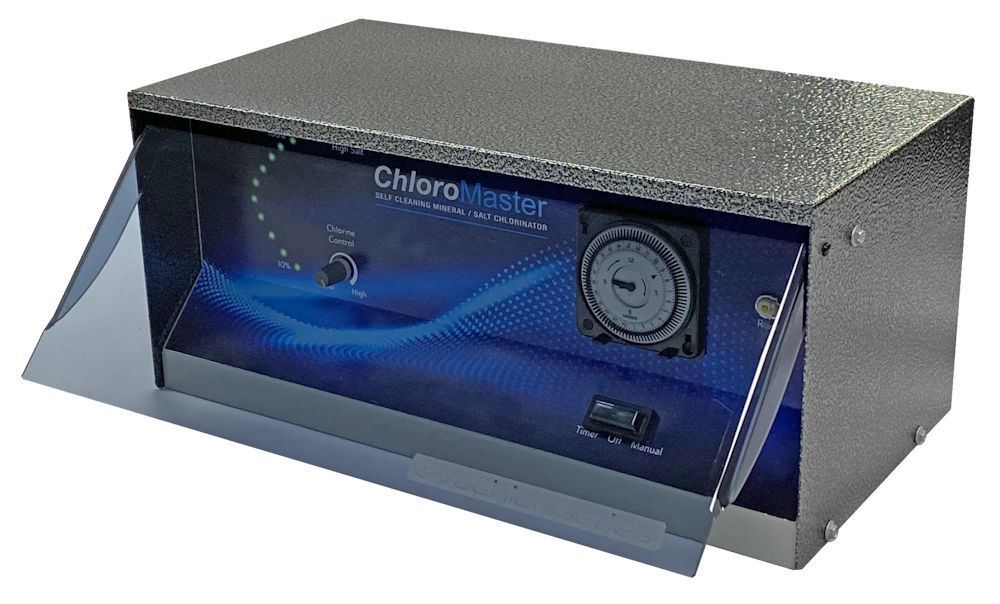
At the heart of the system, the Power Supply/Control Panel is responsible for regulating the output power directed to the Salt Cell. Depending on the sophistication of your salt generator, it can also provide valuable data, such as your pool’s salinity and temperature. This control unit empowers you with insights into your pool’s water quality.
The Conversion Cell:
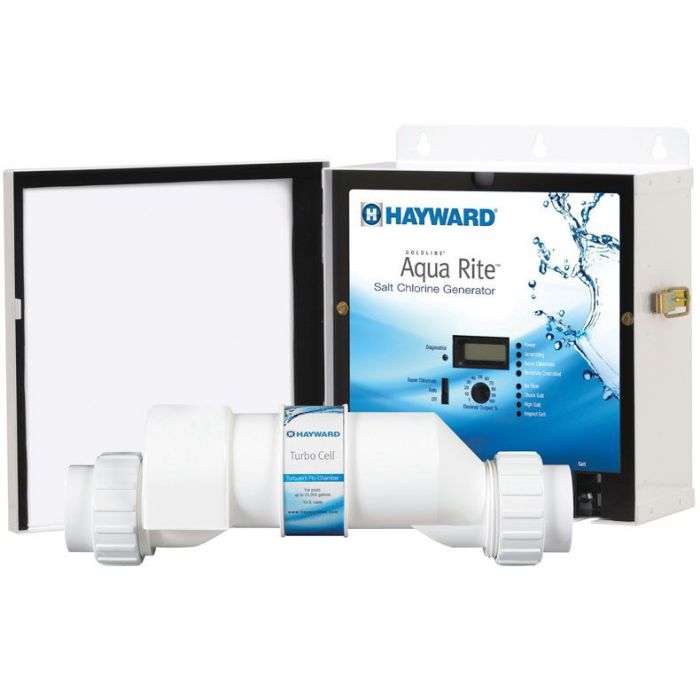
This is where the enchantment takes place! The Conversion Cell, often known as the Salt Cell, is the vital component responsible for performing the alchemical transformation. Within the Salt Cell, chlorine gas is conjured from the dissolved salt present in your pool water.
Water Flow Sensor/Switch:
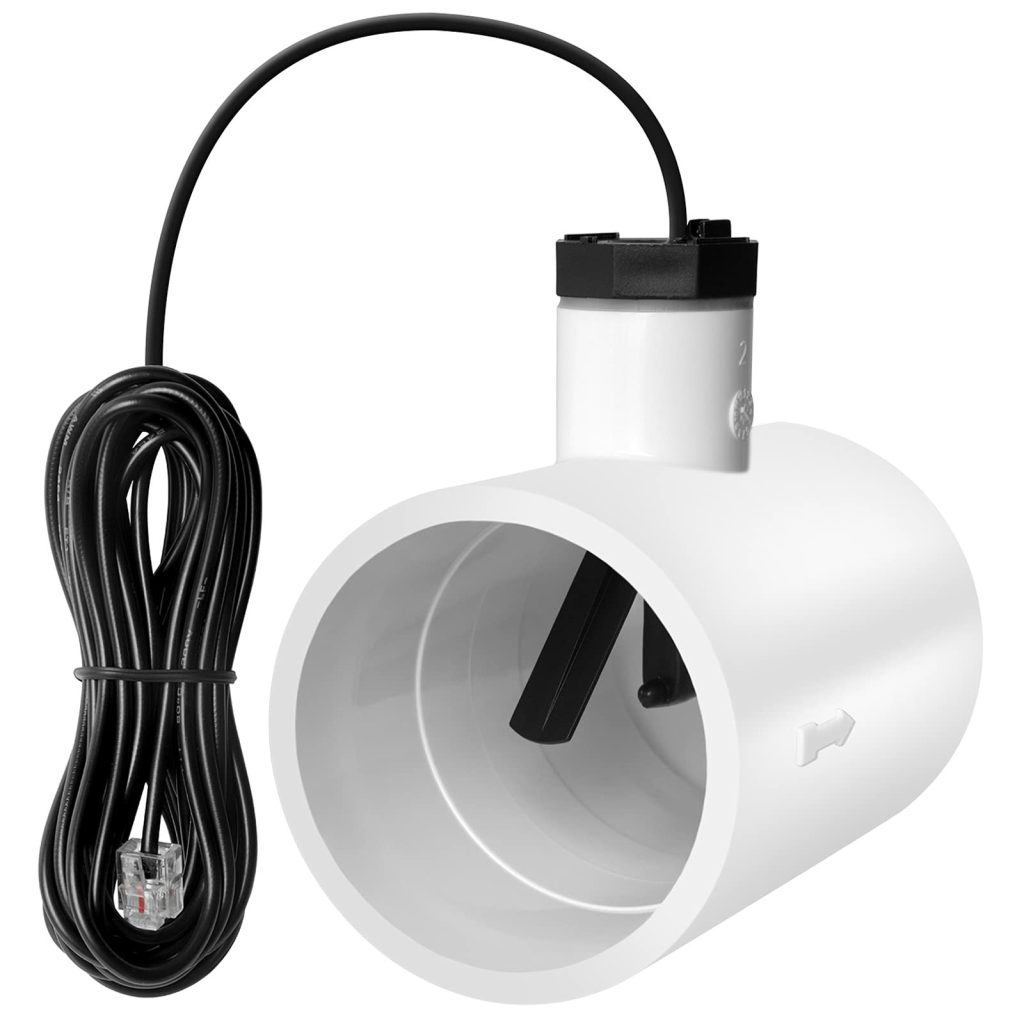
A key player in the system’s operation, the Water Flow Sensor/Switch ensures that the Salt Cell experiences an appropriate water flow. It achieves this through the deployment of both internal and external sensors. Some sensors are integrated into the cell, while others are plumbed into the system. These sensors act as safeguards for your salt generator, as without the proper flow, the system would be unable to produce the necessary chlorine for maintaining a sanitized pool environment.
The Salt :
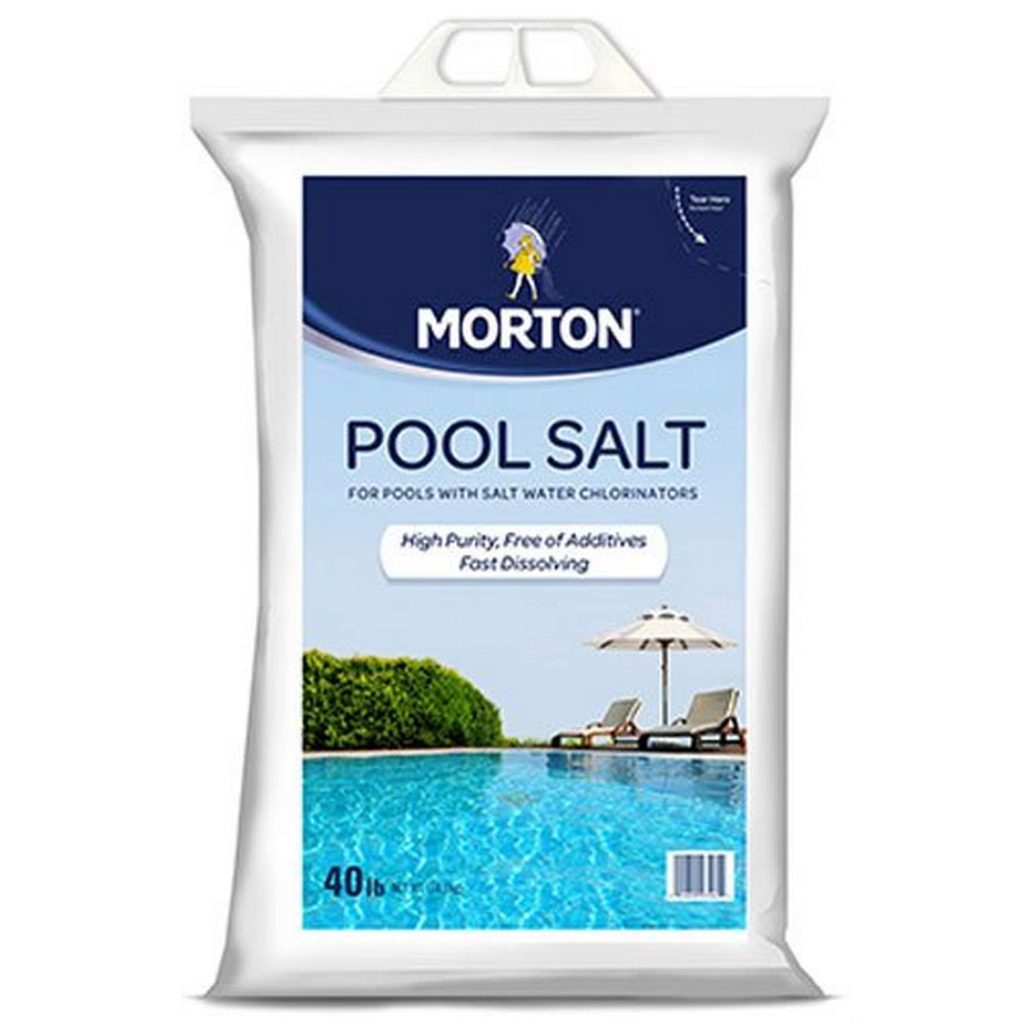
Once the saltwater chlorinator is in place, you add the necessary amount of salt corresponding to your pool’s water volume. In approximately twenty-four hours, the salt fully dissolves, allowing you to activate the salt chlorinator pool system. From this point forward, the salt chlorinator continuously generates its pristine form of chlorine from the salt-laden pool water flowing through the plumbing. The magic happens through electrolysis, which neatly separates chlorine and sodium molecules as they pass through the cell. It’s important to note that while this process uses the salt in the water, it does not consume it. The salt remains within the pool, even as water evaporates. Replenishing salt is only necessary when you drain the pool, perform a backwash, or if salt splashes out with the water.
What makes a good Salt Chlorinator?

- Efficiency and Performance:
A good salt chlorinator should effectively convert salt into chlorine, ensuring a steady and consistent supply of sanitizing agents for your pool. It should maintain the desired chlorine levels to keep your pool clean and safe for swimmers.
- Durability and Longevity:
Quality construction and materials are key. A good salt chlorinator should be built to withstand the elements, corrosion, and wear over time. Look for models with a robust design and a reputation for longevity.
- Easy Installation and Maintenance:
User-friendliness is crucial. The installation process should be straightforward, and routine maintenance should be hassle-free. It’s important that you can easily access and clean the components when needed.
- Digital Controls and Monitoring:
Many modern salt chlorinators come with digital control panels that allow you to set and monitor chlorine levels, salinity, and other parameters. Look for a model with user-friendly controls and clear displays.
- Compatibility:
Consider whether the salt chlorinator is compatible with your pool size and type. Some models are better suited for smaller or larger pools, and others work well with different pool materials, such as concrete, vinyl, or fiberglass.
- Safety Features:
A good salt chlorinator should have safety features to protect against over chlorination or other issues. This may include automatic shut-off mechanisms and safety sensors.
- Energy Efficiency:
Look for a salt chlorinator that is energy-efficient. Some models have variable speed pumps that can adjust the chlorine production to match the pool’s needs, potentially reducing energy consumption.
- Water Quality:
Consider the impact on water quality. A good salt chlorinator should maintain water quality by producing chlorine in a manner that doesn’t irritate the eyes, skin, or other pool components.
When selecting a salt chlorinator, it’s essential to weigh these factors to ensure that you choose the right system that suits your pool’s specific needs and provides efficient, safe, and long-lasting chlorine generation.
The process of a Salt Chlorinator
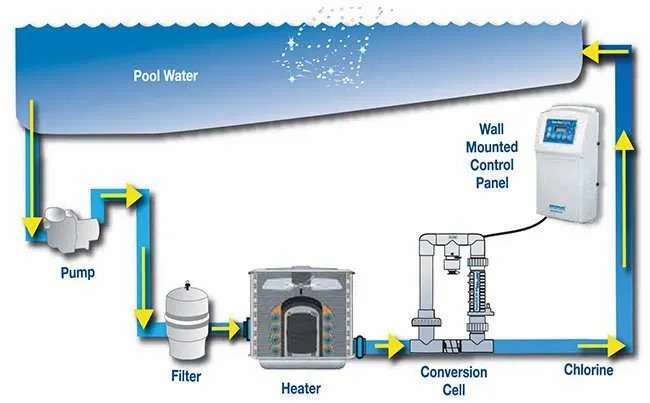
Step 1: Salt Dissolution
Begin by adding the recommended amount of salt to your pool, usually between 3000 to 4000 parts per million (ppm). The salt gradually dissolves in the pool water, creating a mildly saline solution.
Step 2: Electrolysis
Inside the salt chlorinator, you’ll find a critical component known as the Salt Cell or Chlorine Generator. The mildly saline pool water flows through this cell. Within the cell, electrolysis takes place.
Step 3: Chlorine Production
Electrolysis initiates a chemical reaction, splitting the salt molecules into chlorine gas (Cl2), sodium ions (Na+), and hydrogen gas (H2). The generated chlorine gas is a highly effective sanitizing agent, ensuring your pool water remains clean and free of harmful microorganisms.
Step 4: Controlled Release
A quality salt chlorinator allows you to adjust the rate of chlorine production. This adjustment ensures that the chlorine output aligns with the specific needs of your pool. Digital control panels on some models enable precise chlorine level settings.
Step 5: Continuous Cycling
The process is ongoing and continuous as long as the salt chlorinator is operational. It continually cycles through the chlorine generation process, maintaining a consistent and balanced chlorine supply in your pool.
Step 6: Water Circulation
Effective circulation of pool water is essential for even chlorine distribution. As the water circulates through the system, the chlorine is evenly dispersed throughout the pool, ensuring thorough sanitation.
Step 7: Maintenance
Regular maintenance is crucial for keeping your salt chlorinator in top working condition. This may involve routine cleaning of the Salt Cell, monitoring and adjusting salt levels, and inspecting the unit for any signs of wear and tear.
Step 8: Savings and Sustainability
One of the notable advantages of this process is that it doesn’t consume the salt; it simply converts it into chlorine. This makes it a sustainable and cost-effective method of pool sanitation. Additionally, the salt remains within the pool, even when water evaporates, reducing the need for frequent salt replenishment.
Some tips for solving Salt Chlorinator problem by yourself
Here are some essential tips for troubleshooting salt chlorinator problems on your own:
- Check the Power:
If your salt cell is connected to a ground fault circuit interrupter (GFI) outlet, ensure that the reset button has not been pressed. Different voltage issues may require professional assistance if the system behaves erratically.
- Check Salt Levels:
Maintaining the correct salt levels in your pool is crucial. Use salt testing strips or meters to verify the salt concentration. Sometimes, the unit’s displayed salt level may be inaccurate, so testing is a valuable self-check.
- Check Flow/Switch Sensor:
Inspect and ensure proper water flow, which is vital for your salt generator’s performance. Clogs in pump baskets, skimmer baskets, impellers, filters, or inline strainers can disrupt water flow and reduce chlorine output. If cleaning and removal of debris do not resolve the issue, a malfunctioning Salt Cell might be the cause, necessitating professional assistance.
- Check Water Balance:
Before seeking professional help, check your pool’s pH and Cyanuric Acid (CYA) levels. High pH and low CYA can hinder chlorine effectiveness. Maintain a pH level of 7.2 to 7.6 and a CYA level of 40 to 60 ppm. Proper water balance reduces the strain on your salt cell and extends its lifespan.
- Check Pump Running Time:
Your salt system’s chlorine production is tied to your pool pump’s running time. Adjust the pool timer settings to ensure the system produces enough chlorine for your pool, especially in hot weather conditions.
Check Salt System for Proper Size and Programmed Settings:
Verify that your salt water chlorinator’s power supply is appropriately programmed based on your pool’s size and the type of salt cell it uses. Professional programming can save you long-term complications.
- Check Salt Cell:
Regularly inspect the metallic plates of your salt cell for scaly build-up, which can reduce chlorine output. The salt cell’s lifespan depends on maintenance and salt levels, typically lasting between 3 to 7 years. Proper care ensures its longevity and efficient performance.
By following these troubleshooting tips, you can often resolve common salt chlorinator issues on your own, ensuring your pool remains well-maintained and chlorine levels are optimal.